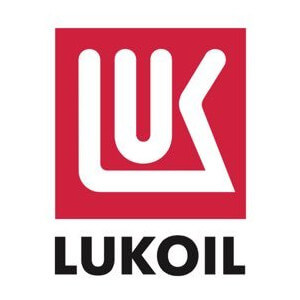Oil and gas production activities unfailingly involve condemnation of land, thus resulting in contamination of soils and deterioration of habitats of plants and animals. The Environmental Safety Program provides for annual remediation measures targeting contaminated soil.
Specialized organizations carry out the entire scope of activities on reclamation of oil-contaminated land once remediation projects are approved and duly agreed upon. The work comprises the following stages:
- technical (collecting as many pollutants as possible and replacing contaminated soil, applying oil oxidizing biopreparations, loosening the soil for better aeration);
- biological (sowing seeds or seedlings, fertilizing).
Remediation may involve completely removing the contaminated layer, which is moved to specialized bioremediation sites, while clean soil is brought to the reclaimed area for biological remediation.
If the area of contamination is significant, the microbiological decomposition of oil at the spill site is the most effective method to use: once the content of hydrocarbons in the soil has been reduced to a low level, the restored areas are replanted for phytoremediation of the land. If the degree of contamination is average, plant cover of the site takes two years, bringing the entire remediation process to two-three years.
After the remediation, the respective state authorities inspect the reclaimed areas for compliance with the established criteria.
Remediation and restoration of soil contaminated in the course of production are carried out in all areas covered by the Company’s business presence. According to the Russian regulations, the mandatory remediation cycle for contaminated soil should last at least two years.


